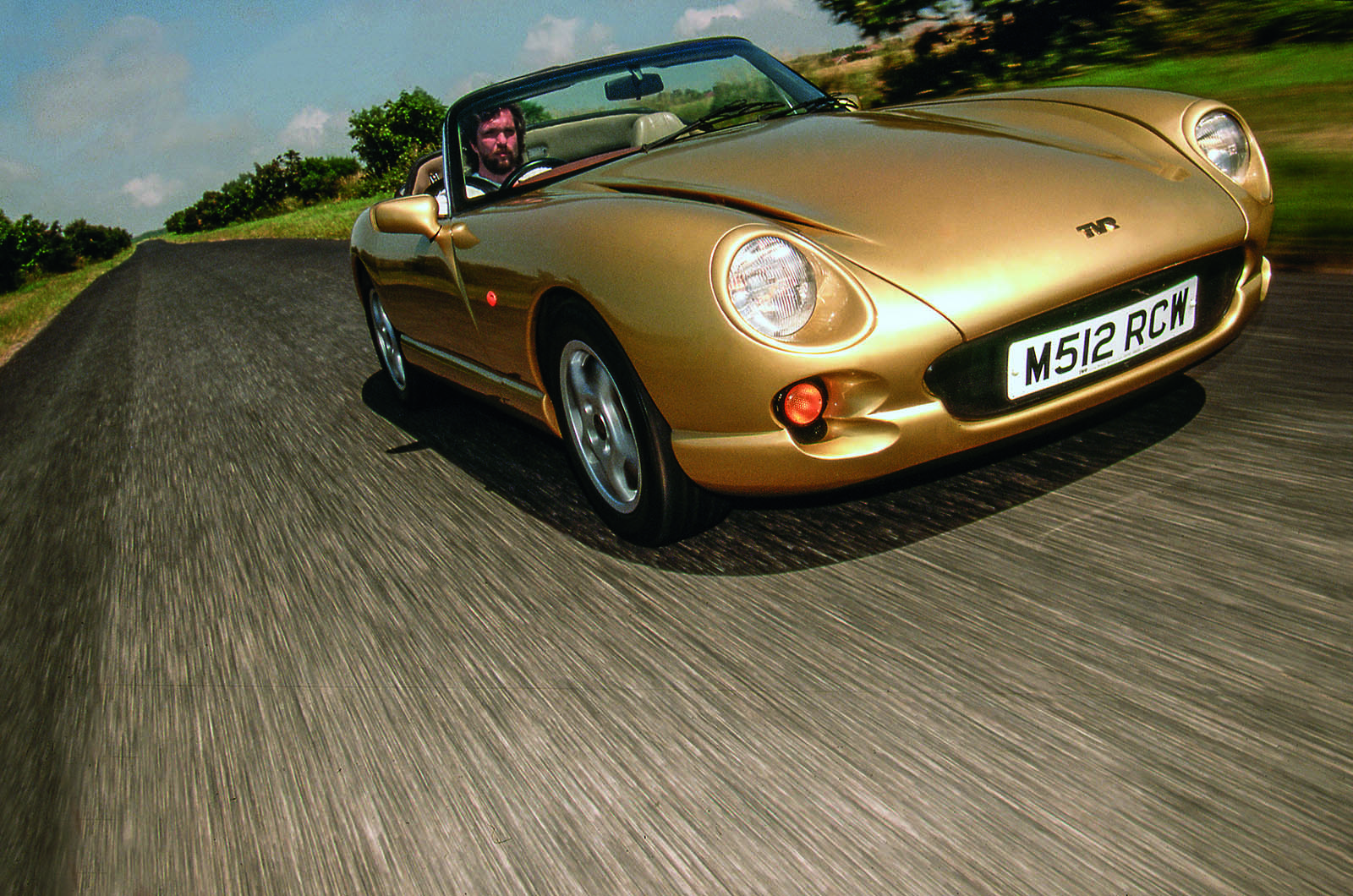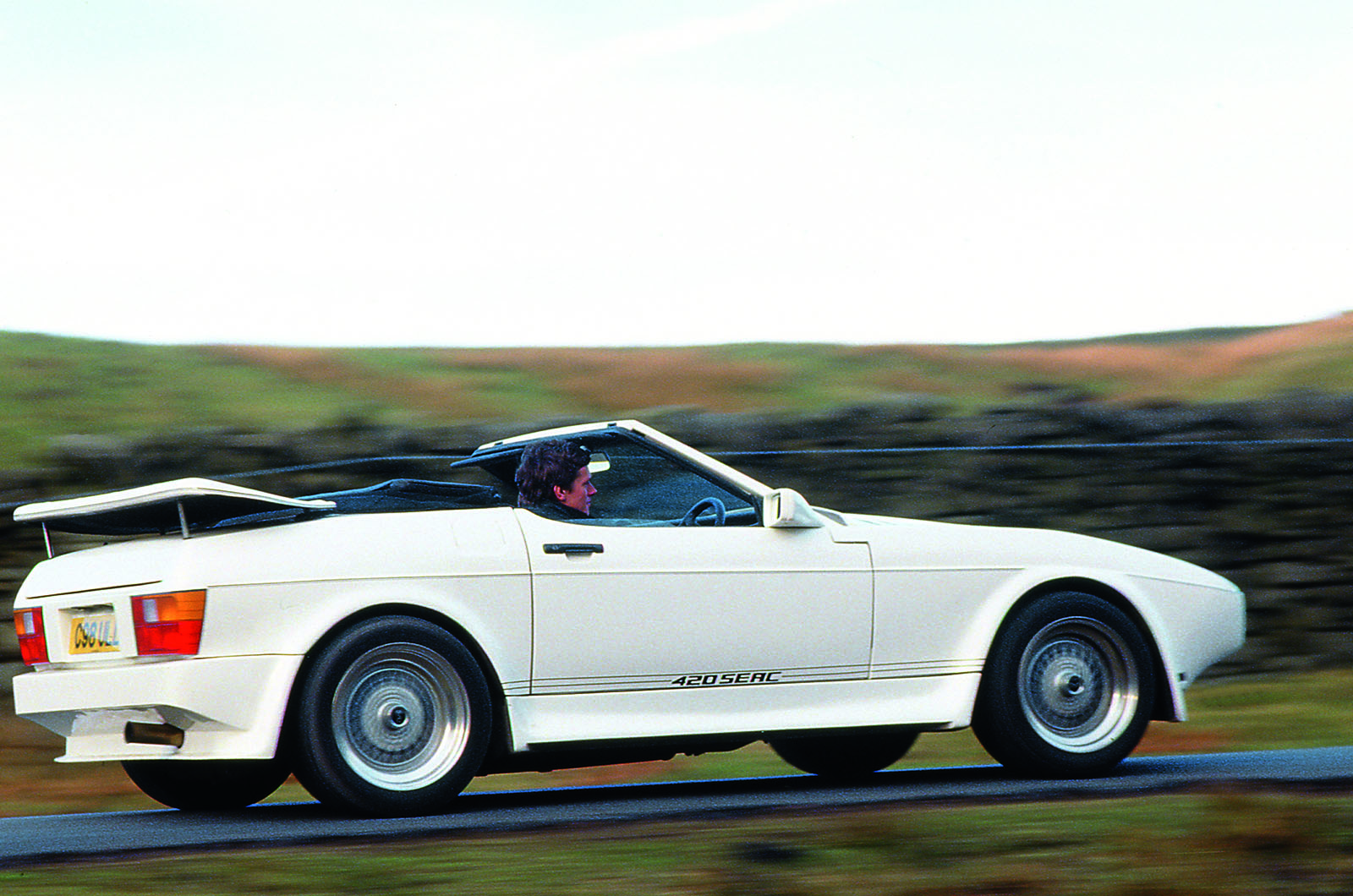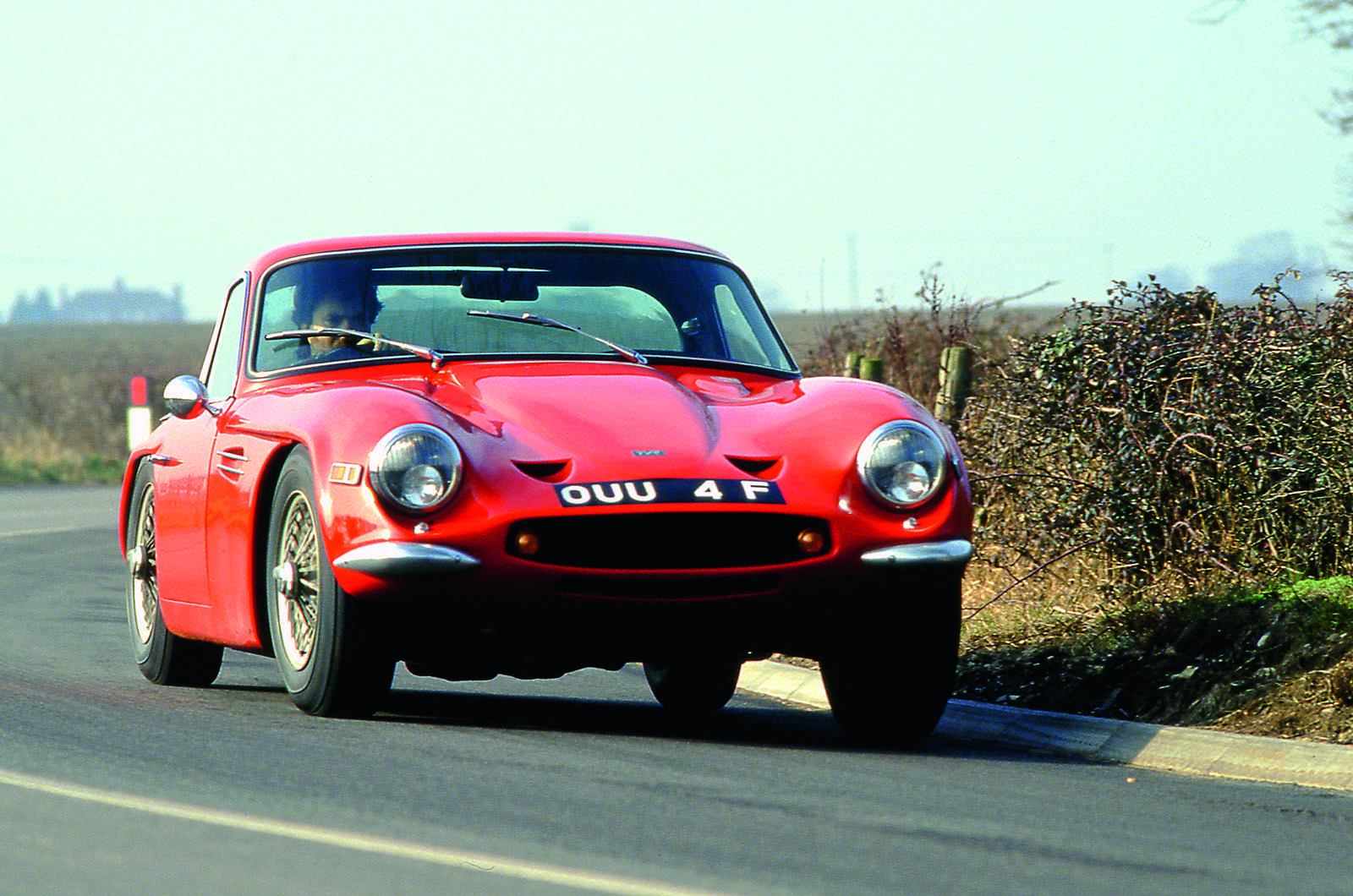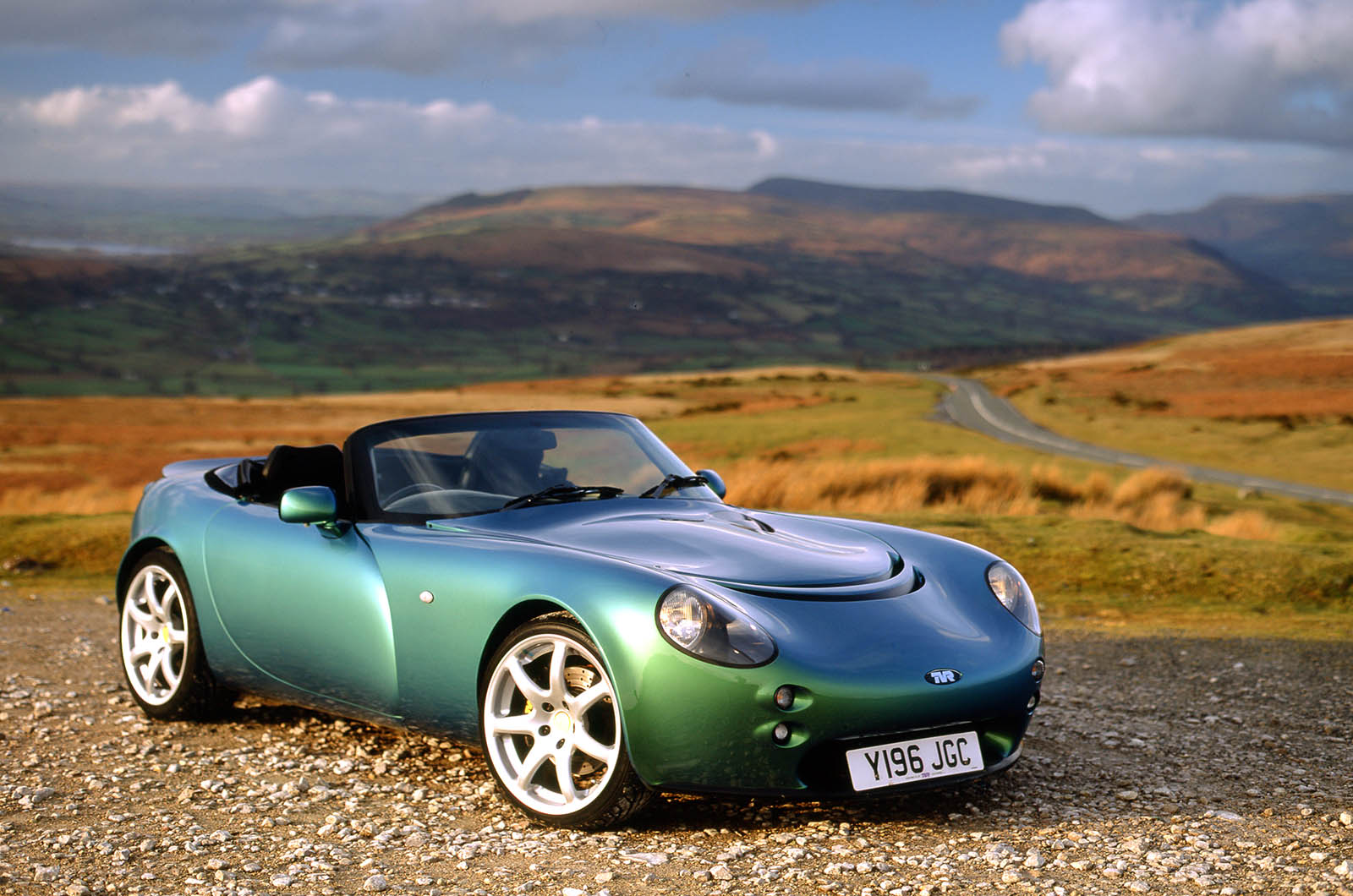TVR is soon to be reborn, starting a second chapter in the British car maker's 70-year history.
Before we meet the first new model later this year, we look into TVR's back catalogue and remember 10 iconic classic models you can pick up on the classifieds today.
Which is your favourite? Let us know in the comments below.
1. Chimaera

A silly name for the closest thing to a sensible TVR you’ll find. A spacious body conceals a vast boot and exactly the same running gear as you’ll find in the Griffith. Low prices in the past mean many have not been maintained properly and plastic bodies are brilliant at concealing horrors. Check the chassis and suspension in particular. Fernhurst TVR’s Graham Munt says the 5.0-litre Chimaera is his favourite TVR. Plentiful supply means prices for a nice one start from £12,500.
2. Tasmin, 350i, 420SEAC and all other Wedges

As 1980s as Linda Evans’s shoulder pads, these TVRs need to be categorised as those made before and after Peter Wheeler’s arrival. Early cars, like the 2.0-litre four-cylinder Tasmin and even the 2.8-litre V6 version, offered only limited performance. Then Wheeler arrived, put the Rover V8 under the bonnet and created the 350i – and all was well again. If you can live with the looks, the 350i, 390SE and crazy 420SEAC are genuinely underrated. Prices from £8000 for scruffy 350s.
































Join the debate
Add your comment
The T350...
with smaller diameter wheels, please. Never liked those overgrown rims.
Got to be Griffith for me
Hope TVR learns from the past
Next up I had a rare 4.3 big valve Chimaera, which was so much better, you wouldn't think it was even built in the same factory. Quick, practical and utterly reliable.
The only thing that I wasn't so keen about with the Chimare was the catalytic converters. So I went backwards a few months in production terms, and bought a 4.3 BV pre-cat Griffith, which I enjoyed so much, I kept it for 8 years. It was properly fast, reliable, and very journey was an event. When driving in the dark, the gentle flicker of flames spitting from both tailpipes on the overrun never gets old.
After 12 years with TVRs I sadly abandoned TVR for good because they took away the thing I cared about most - a conventional V8. Fragile and temperamental flat plane crank engines were not what I wanted to buy, so my money switched to AMG instead (and a '65 Mustang, but that's another story).
It will be interesting to see how quickly (assuming things go well) the relaunched TVR can get over the complete loss of the historic factory and staff that were such a big part of the "brand" in current parlance. The club weekends every year in Blackpool were legendary and will be missed for a long time, I suspect. The cars are still around in reasonable numbers, but ithere's no real link with the past apart from the logo.